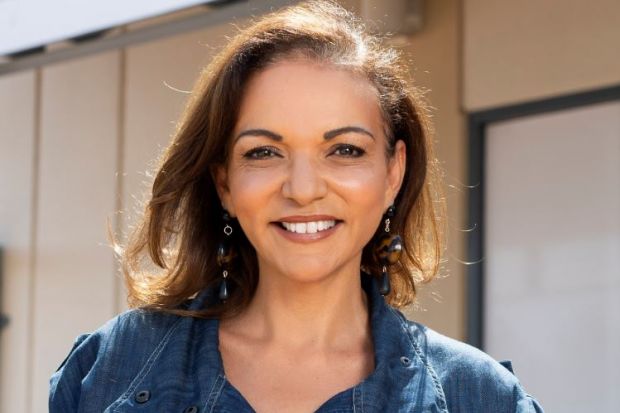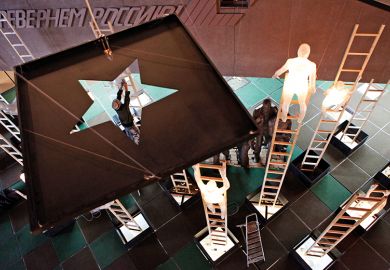Covid-19 has ushered in an “inflection point” for higher education, but not the flight from bricks and mortar that many expected, as students embrace campus life but question its purpose.
Education consultant Allison Doorbar told an Australian forum that the crisis would not produce the “tsunami of online learners” she had initially anticipated, because students were hungering for face-to-face contact with classmates and tutors. But they would return to campuses where they already felt alienated, with few living there and many visiting infrequently between work shifts.
“I hear many more disappointed student experiences than good ones,” Ms Doorbar told the Remaking HE conference. “A growing number feel it’s something they need to do almost as insurance, a means to an end, rather than an experience they actually want.”
She cited last year’s Pearson Global Learner Survey, which found that close to half of respondents in the US, the UK, Canada and Australia did not feel that university had equipped them for their careers. “There’s a growing sense…that universities are not preparing them for the real world. [As] the cost of higher education continues to increase, students are increasingly questioning its value.”
Nevertheless, this year’s Pearson survey found that students’ trust in the national education systems of those same four countries had soared by around 10 percentage points. Ms Doorbar said universities had turned a crisis into a confidence booster. “The way universities [and] many other education institutions have responded to the pandemic, albeit imperfect, has been incredible.”
Covid-19 has produced a roller-coaster ride in enrolments as well as appreciation. An Australian Bureau of Statistics survey in May found that 112,000 fewer adults were studying for post-school qualifications than had been at the same time last year.
But the Universities Admissions Centre in Sydney said early offers to graduating school students had escalated by one-third, in the latest signal that 2021 will be a bumper year for domestic enrolments.
Conference organiser Tim Winkler said this type of growth could no longer be taken for granted. “Universities are now accepting that significant change must happen,” said Mr Winkler, a former marketing director at Monash University.
“It was too easy not to change in the past decade as universities hoovered up year-on-year growth, but now there is an acceptance that things must change. That has been a strong theme in all the conversations I’ve had preparing for this conference.”
Academic turned federal politician Anne Aly said there was a “lingering” perception of universities as places where “crusty old professors sit in ivory towers and navel-gaze”. But the image was eroding as universities reached out to their communities and media embraced academics as experts in health and climate change.
However, rampant casualisation of university staff and the gradual separation of teaching and research had muddied students’ understanding of what universities were about. “Once I became a professor, I didn’t teach,” said Dr Aly, who taught casually at Perth universities before securing tenure as a researcher.
“I saw a number of universities introduce this new model where you could be a teaching scholar or a research scholar. That was considered efficient but it does a lot of damage, because you have to be able to translate research into teaching to attract students. The only way to [resolve] that is to address this issue of casualisation.”
Register to continue
Why register?
- Registration is free and only takes a moment
- Once registered, you can read 3 articles a month
- Sign up for our newsletter
Subscribe
Or subscribe for unlimited access to:
- Unlimited access to news, views, insights & reviews
- Digital editions
- Digital access to THE’s university and college rankings analysis
Already registered or a current subscriber?








